Tel:0086769-23187408
E-Mail:info@linzshoes.com
- Kontaktieren Sie uns
- Zubereitungen für die Herstellung von
- Produkte
- Nachrichten
- Über uns
 EN
EN
Tel:0086769-23187408
E-Mail:info@linzshoes.com
 EN
EN
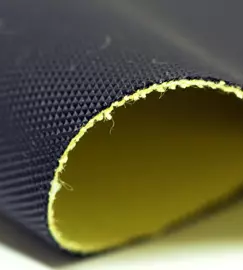
Durch den Einsatz von schnittresistenten Stoffen in Handschuhen, Ärmeln und anderen Kleidungsstücken können Arbeiter in der Textilindustrie Aufgaben mit mehr Selbstvertrauen ausführen, das Verletzungsrisiko reduzieren und die Gesamtproduktivität erhöhen. Darüber hinaus können die Haltbarkeit und Langlebigkeit von schnittresistenten Stoffen Kosten sparen, indem sie die Notwendigkeit häufiger Austausche minimieren.

Eine Reihe von Industrien verwendet derzeit schnittfeste Stoffe, die speziell darauf ausgelegt sind, Schnitte und Einschnitte zu vermeiden. Sie bieten einen guten Widerstand gegen Eindringen und Reißen, was sie ideal für Personen macht, die mit scharfen Werkzeugen oder Maschinen arbeiten.
Die einzigartigen Eigenschaften von schnittfesten Stoffen bieten eine Reihe von Vorteilen, die sie von anderen Materialien abheben. Erstens ist der wichtigste Vorteil die Schnittfestigkeit, die durch eine spezielle Verwebung und Faserkombination erreicht wird. Diese Kombination gewährleistet eine bessere Zugfestigkeit und sichert zu, dass die Stoffe geschnitten werden können, ohne dass ihre Integrität beeinträchtigt wird.
Außer dass sie schneidfest sind, haben diese Textilien weitere vorteilhafte Eigenschaften. Sie sind in der Regel leicht und flexibel, um sich problemlos zu bewegen, während man persönliche Schutzausrüstung (PPE) trägt. Außerdem sorgt dieses Material dafür, dass die Benutzer sich auch in ihrer Schutzkleidung wohlfühlen, da es gut atmet.
Haltbarkeit ist ein weiterer wesentlicher Vorteil von schneidfestem Stoff. Schneidresistente Materialien sind kosteneffektiv, da sie ständige Nutzung und anspruchsvolle Umgebungen aushalten müssen. Die Leichtigkeit in Reinigung und Wartung hebt noch einmal den Gesamtwert hervor.
Schneidfeste Stoffe finden Anwendungsbereiche sowohl im Gesundheitswesen als auch in der Lebensmittelverarbeitung und im Fertigungssektor unter anderem. Sie sind von großer Bedeutung für die Sicherheit von Personen, die oft Gefahr laufen, Schnitt- oder Streicheinwirkungen ausgesetzt zu sein.
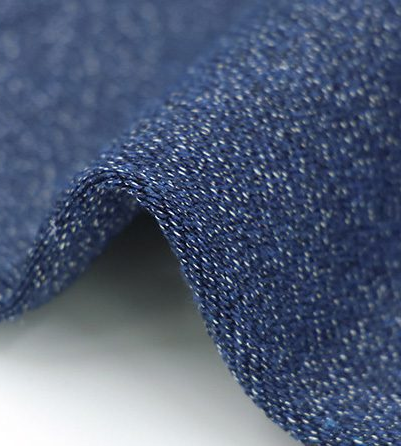
Schnitzfeste Textilien werden aus hypoallergenen Fasern und Materialien hergestellt, die selten Hautreizungen oder Allergien verursachen. Daher bleibt es auch bei langer Hautkontakt sanft und minimiert Unbequemlichkeiten oder negative Reaktionen.
Die allergiefreie Natur von schnittwiderstandsfähigen Stoffen garantiert die Sicherheit von Arbeitnehmern in verschiedenen Sektoren wie Medizin, Lebensmittelverarbeitung und Produktion, da die meisten von ihnen über einen längeren Zeitraum Schutzkleidung tragen. Dies liegt daran, dass sie oft Schutzkleidung über erweiterte Zeiträume tragen müssen, was zu Reizungen oder allergischen Reaktionen auf ihrer Haut führen kann.
Die nicht-allergenen Eigenschaften von schnittwiderstandsfähigen Stoffen fördern außerdem allgemeine Sauberkeit und Hygiene. Das Material hat eine geringe Konzentration an Allergenen oder Reizstoffen, wodurch Fälle von Exposition oder Kreuzkontamination reduziert werden. Dies ist kritisch in solchen Branchen wie der Lebensmittelverarbeitung oder im Gesundheitswesen, wo hygienische Standards sehr streng sind.
Zusammenfassend bietet die nicht-allergenen Natur von schnittwiderstandsfähigen Stoffen Menschen mit empfindlicher/allergischer Haut einen zusätzlichen Vorteil. Ihre hypoallergene Natur gewährleistet Komfort, indem das Risiko von Reizungen reduziert wird, und sorgt gleichzeitig für eine sicherere, inklusivere Arbeitsumgebung für alle.
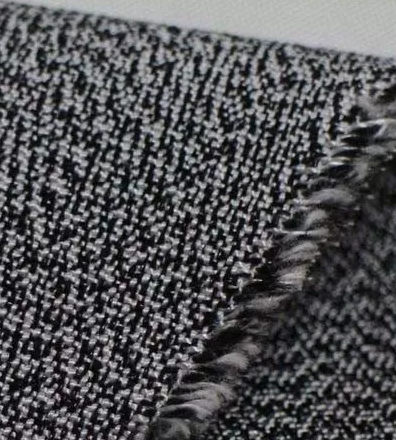
Innovative Web- oder Stricktechnologien kombinieren robuste Fasern, um sicherzustellen, dass die Tragfestigkeit bei schnittresistentem Stoff erreicht wird. Diese Eigenschaft des Stoffs macht ihn weniger anfällig für Risse und hält seine Struktur sogar unter extremer Druckbelastung und Reibung intakt.
Trägerfestigkeit ist in Bereichen wie dem Bauwesen, der Fertigung und der Tischlerei von großer Bedeutung, wo Arbeiter mit scharfen Werkzeugen sowie rauen Oberflächen oder abrasiven Substanzen in Berührung kommen können. Schnittresistente Materialien verhindern durch Spalten oder Schneiden verursachte Schnittverletzungen, die andernfalls das Leben der Betreiber gefährden könnten.
Schneidbeständige Stoffe verbessern auch die Sicherheit der Arbeiter und verlängern deren Nutzleben. Im Laufe der Zeit behält es seine Integrität bei, indem es nicht reißt, wodurch Unternehmen sie nicht häufig ersetzen müssen und so Geld sparen.
Daher verstärkt die reißfeste Natur von schneidbeständigen Stoffen die Sicherheitsmaßnahmen für Arbeiter sowie Haltbarkeit und Vertrauen. Die Nutzung dieser Materialien in den Sicherheitsrichtlinien der Unternehmen wäre ein bedeutender Schritt, um Tränen bei ihren Mitarbeitern zu vermeiden und so das Verletzungsrisiko am Arbeitsplatz zu reduzieren.
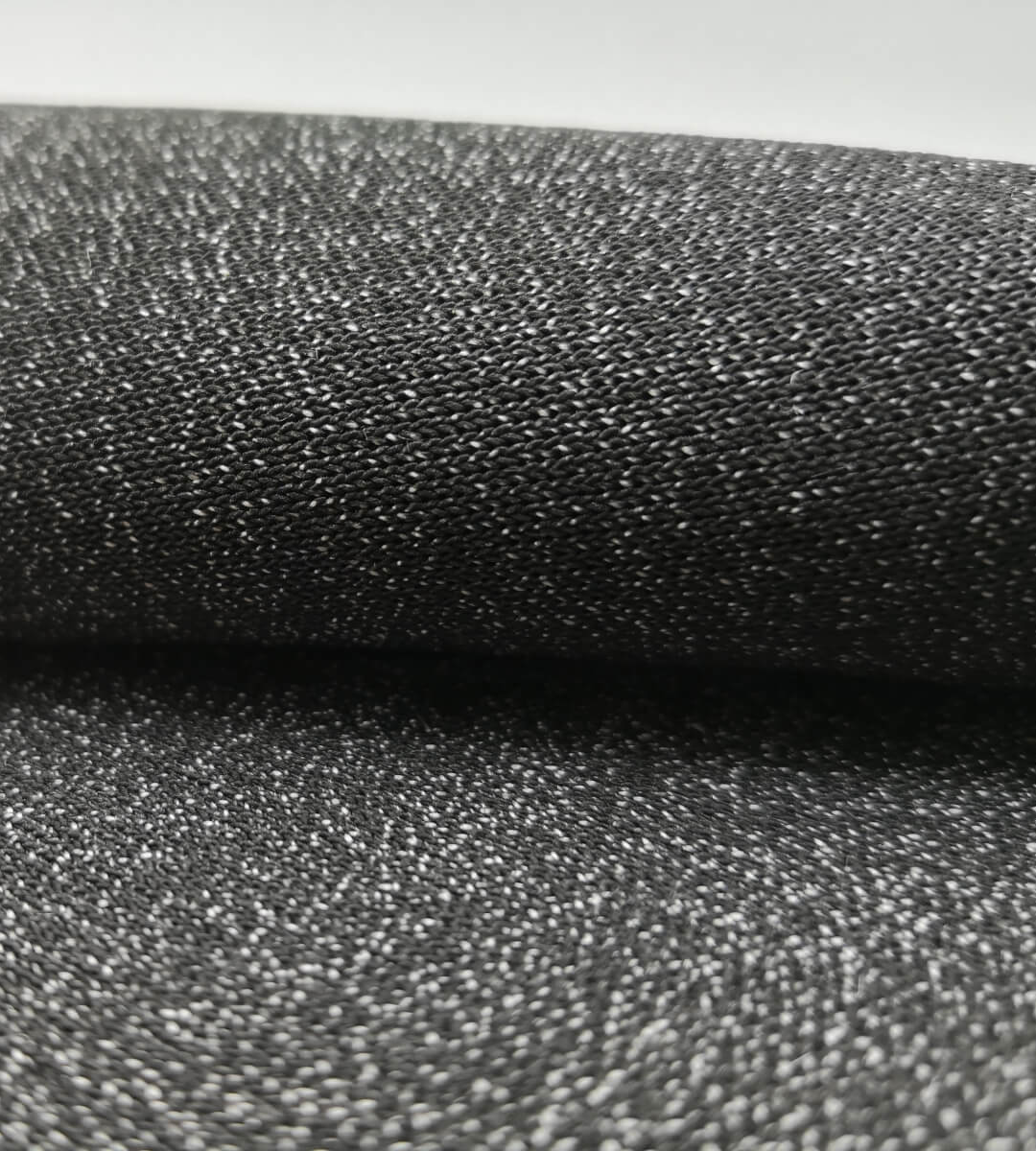
Die Schlagfestigkeit von schnittresistentem Textil wird durch seine ungewöhnliche Konstruktion und leistungsstarke Materialien erreicht. Dadurch entsteht eine kompakte Netzstruktur, die durch dicht gewebte oder gestrickte Fasern gebildet wird und Energie bei Stößen absorbieren und verteilen kann. Somit wird die auf den Träger übertragene Kraft verringert, was das Verletzungsrisiko senkt.
In Branchen wie dem Bauwesen, der Fertigung und der Betriebung schwerer Maschinen, in denen Menschen ständig Stößen ausgesetzt sind, bieten schnittresistente Stoffe einen zusätzlichen Schutzlevel. Sie dienen als Schutzschild gegen Gefahren durch fliegende Splitter, unbeabsichtigte Stöße oder Kollisionen, die zu schweren Verletzungen führen können.
Darüber hinaus führt die Schlagfestigkeit von schnittresistenten Stoffen zu erhöhtem Selbstvertrauen und Produktivität unter den Mitarbeitern. Wenn Arbeiter sich vor Verletzungen geschützt fühlen, können sie sich auf ihre Arbeit konzentrieren, ohne unnötige Ablenkungen bezüglich ihrer Gesundheit.
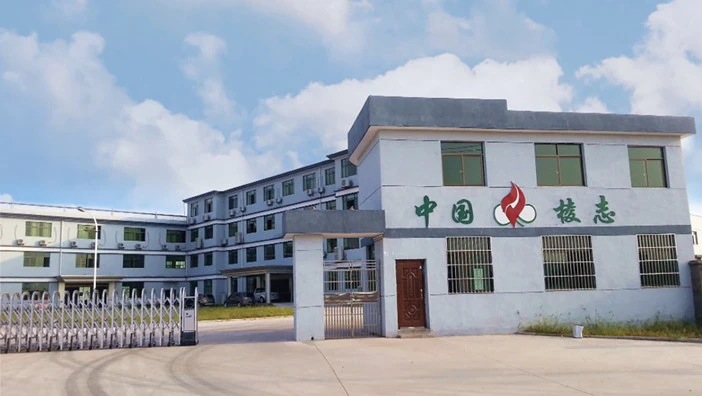
Nize New Materials ist einer der weltweit führenden Materiallieferanten. Wir verfügen über mehr als 20 Jahre Erfahrung in diesem Bereich und bedienen Kunden auf der ganzen Welt. Wir verfügen auch über erstklassige Produktionsanlagen und eine jährliche Produktionskapazität von 5 Metern Ionsulfat.
Wir konzentrieren uns auf die Forschung der anti-piercing Schuh-Mittelass, unterbrechen die Monopolposition der anti-piercing Stoff-Mittelass in den inforeian Ländern. und die Herstellung der anti-piercing Stoff-Mittelass unserer eigenen Branche, die Einrichtung der inländischen Lücke
Die Fabrik umfasst eine Fläche von 83,5 m2 und verfügt über mehr als 22 500 m2 Produktionsanlage, 3000 m2 Forschungs- und Entwicklungszentrum, 3000 m2 Büroräume und mehr als 500 Sätze fortschrittlicher Produktions- und Inspektionsgeräte.
Wir haben ausgezeichnete Produkte und ein professionelles Vertriebs- und Technikteam, das Ihnen zufriedenstellende Lösungen nach Ihren Bedürfnissen bieten kann. Wenn Sie an unseren Produkten interessiert sind, freuen wir uns auf Ihre Online-Nachricht oder Ihren Anruf für eine Beratung!
Unsere Produkte umfassen eine Vielzahl von funktionalen Materialien, seien es wasserdichte Materialien, verschleißbeständige Materialien, flammhemmende Materialien oder Wärmedämmungsmaterialien, die den Anforderungen verschiedener Branchen und Anwendungen gerecht werden können.
Schneidfestes Gewebe bietet zuverlässigen Schutz vor Schnitten, reduziert das Verletzungsrisiko, erhöht die Sicherheit der Arbeiter und verbessert die Gesamtleistung in arbeitsintensiven Umgebungen mit hohem Risiko.
Ja, schneidfestes Gewebe kann auf spezifische Anforderungen zugeschnitten werden, einschließlich unterschiedlicher Schneidfestigkeitsstufen, Dicken und Kleiderdesigns, um den Bedürfnissen verschiedener Branchen gerecht zu werden.
Während schneidfestes Gewebe einen ausgezeichneten Schutz vor Schnitten bietet, kann es eine begrenzte Widerstandsfähigkeit gegenüber anderen Gefahren wie Stichen, Chemikalien oder Hitze aufweisen. Zusätzliche Schutzmaßnahmen könnten für umfassende Sicherheit erforderlich sein.
Beim Auswählen von schneidfestem Gewebe sollten Faktoren wie der benötigte Grad an Schnittschutz, Haltbarkeit, Komfort, Flexibilität und Verträglichkeit mit anderem Schutzausrüstungen berücksichtigt werden, um eine optimale Leistung in der vorgesehenen Anwendung sicherzustellen.
Im Allgemeinen bietet dickeres, schneidfestes Gewebe höhere Schutzlevel gegen Schnitte. Der Handelsoff ist jedoch oft eine verringerte Flexibilität und Beweglichkeit. Es ist wichtig, ein Gleichgewicht zwischen Dicke und Flexibilität zu finden, basierend auf den spezifischen Anforderungen der Anwendung und dem gewünschten Schutzniveau.
